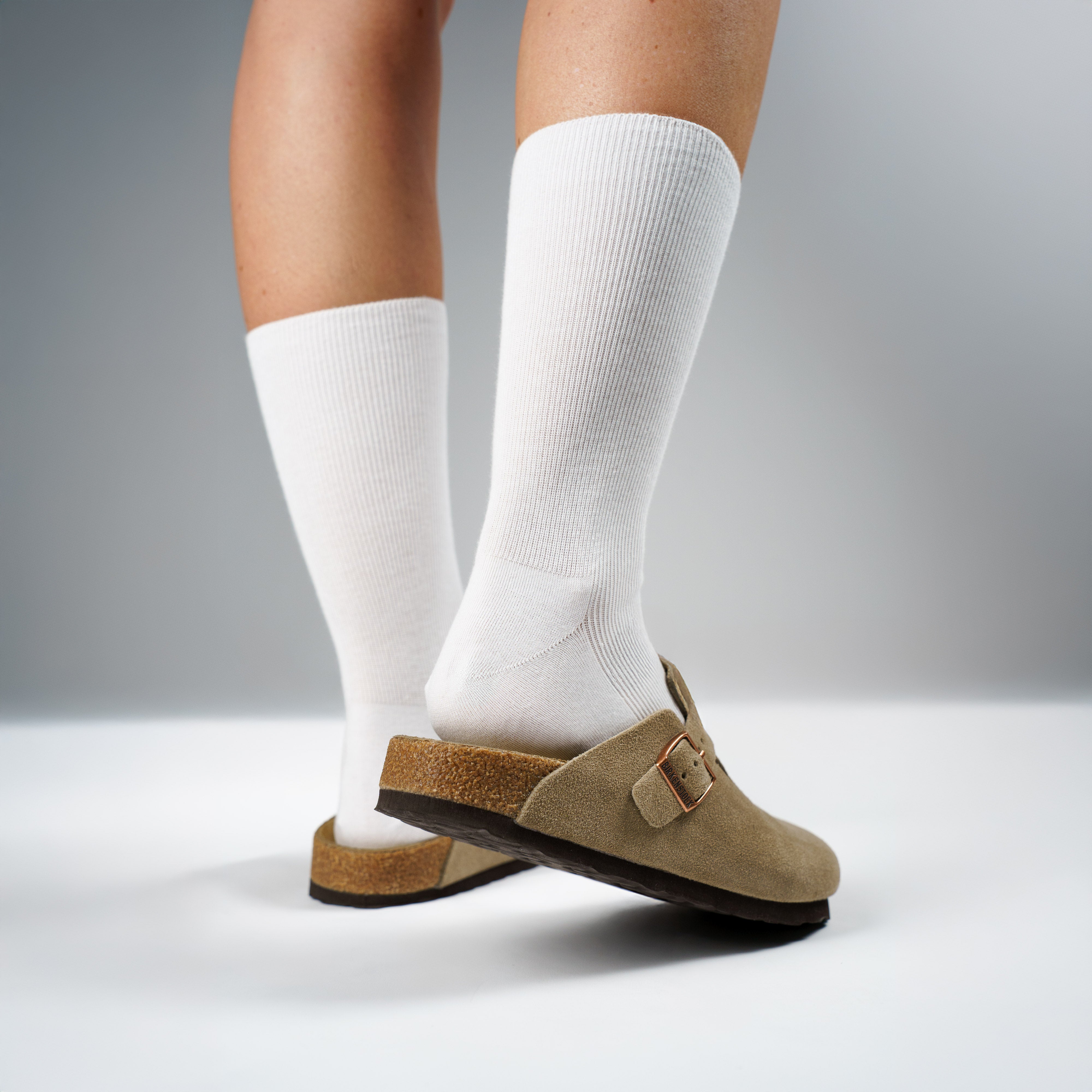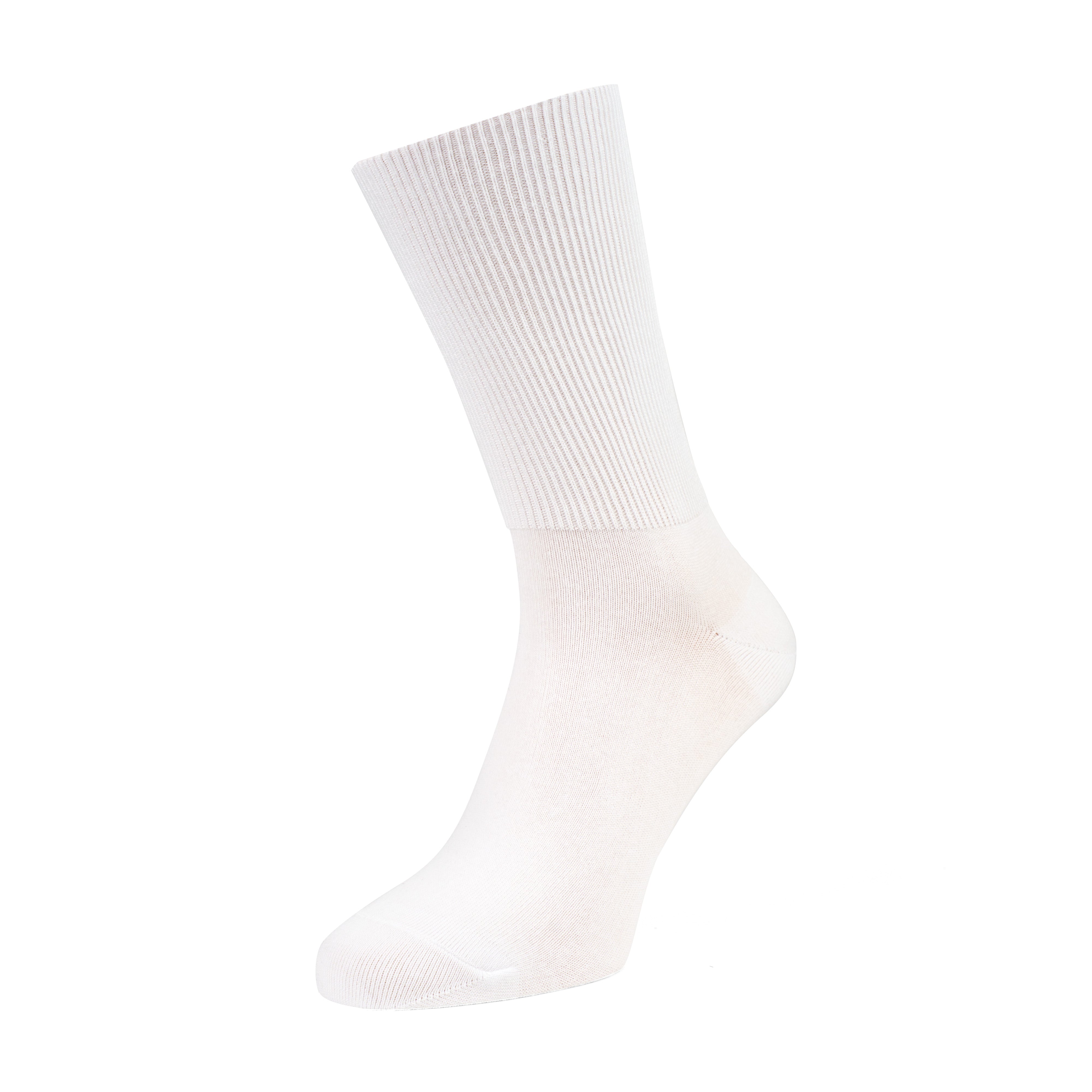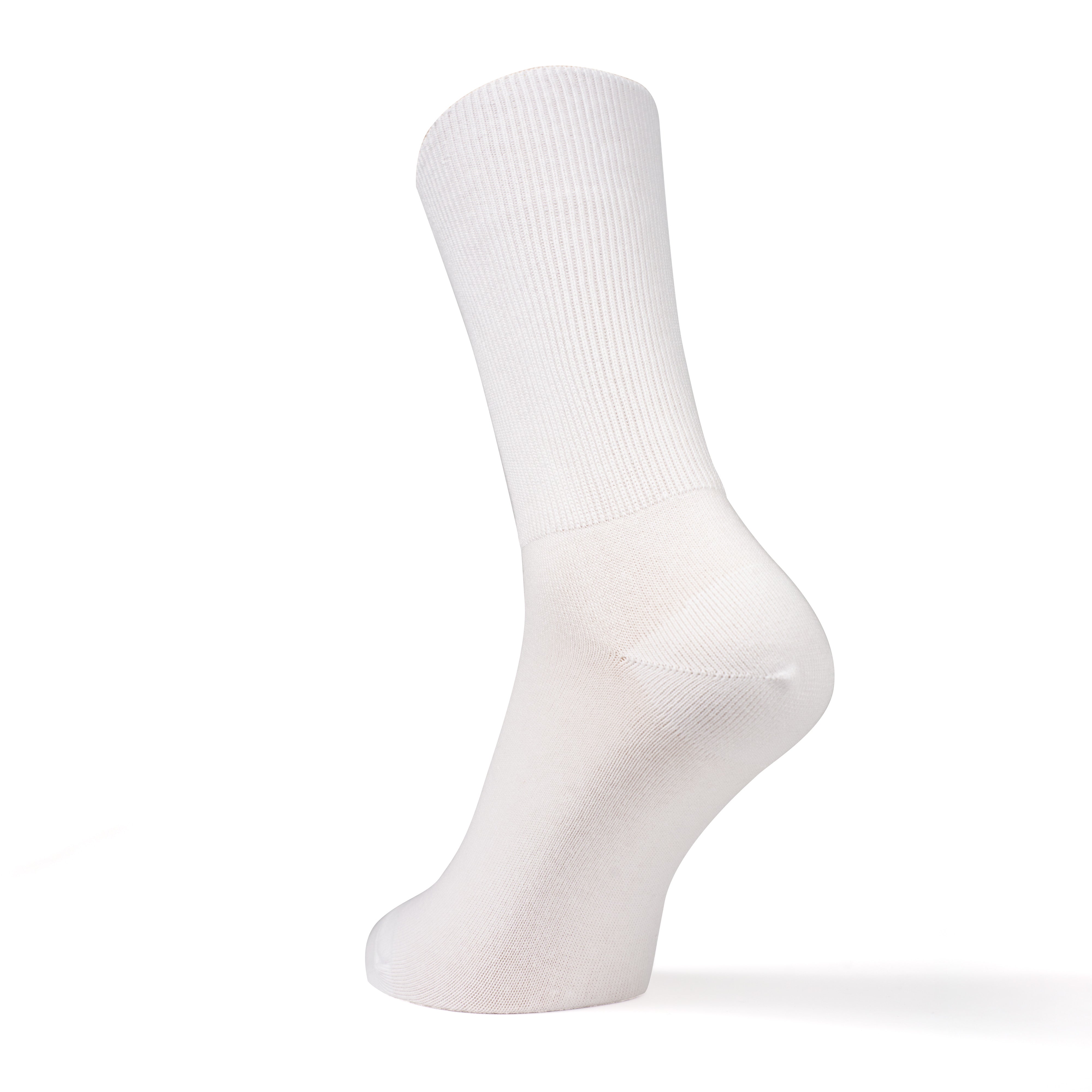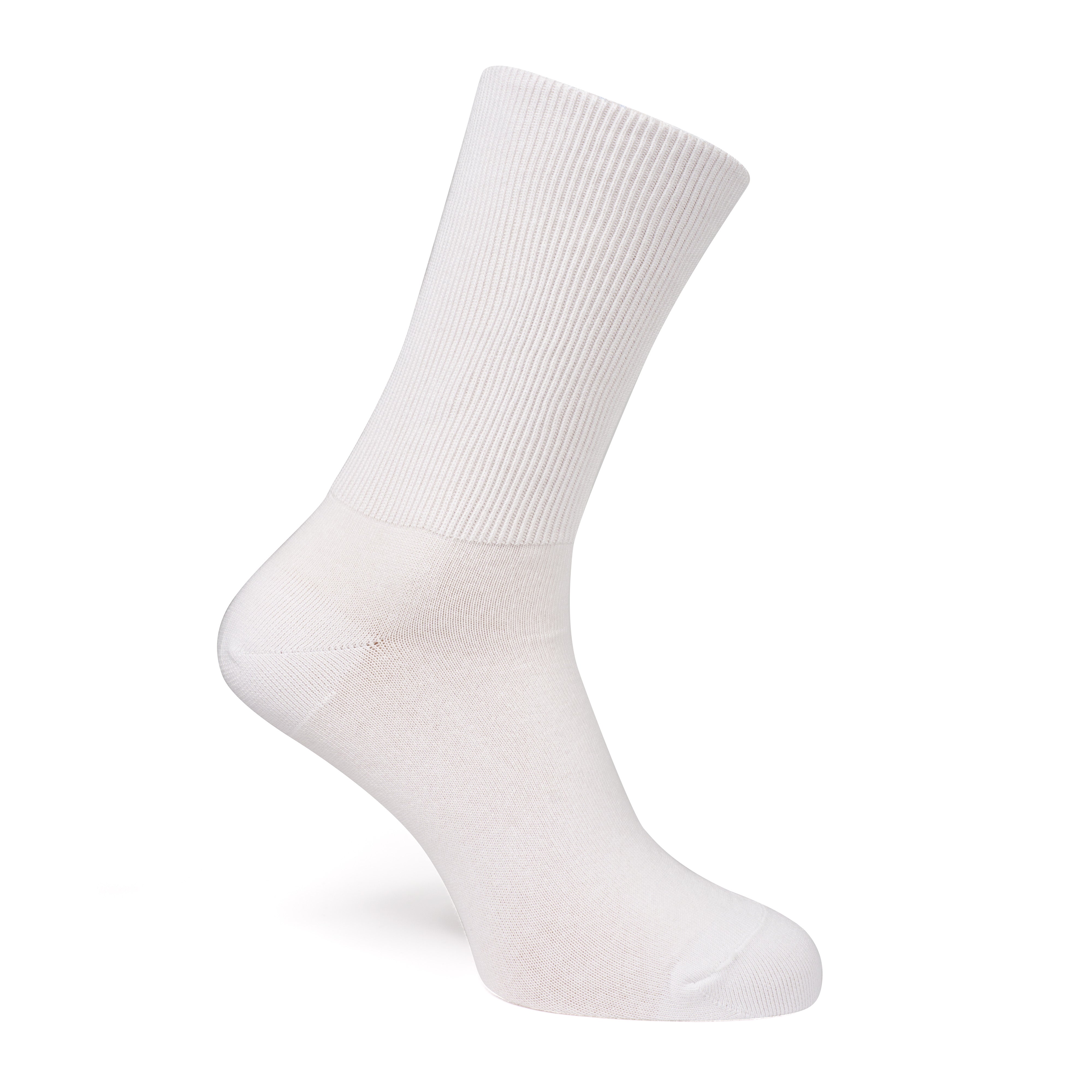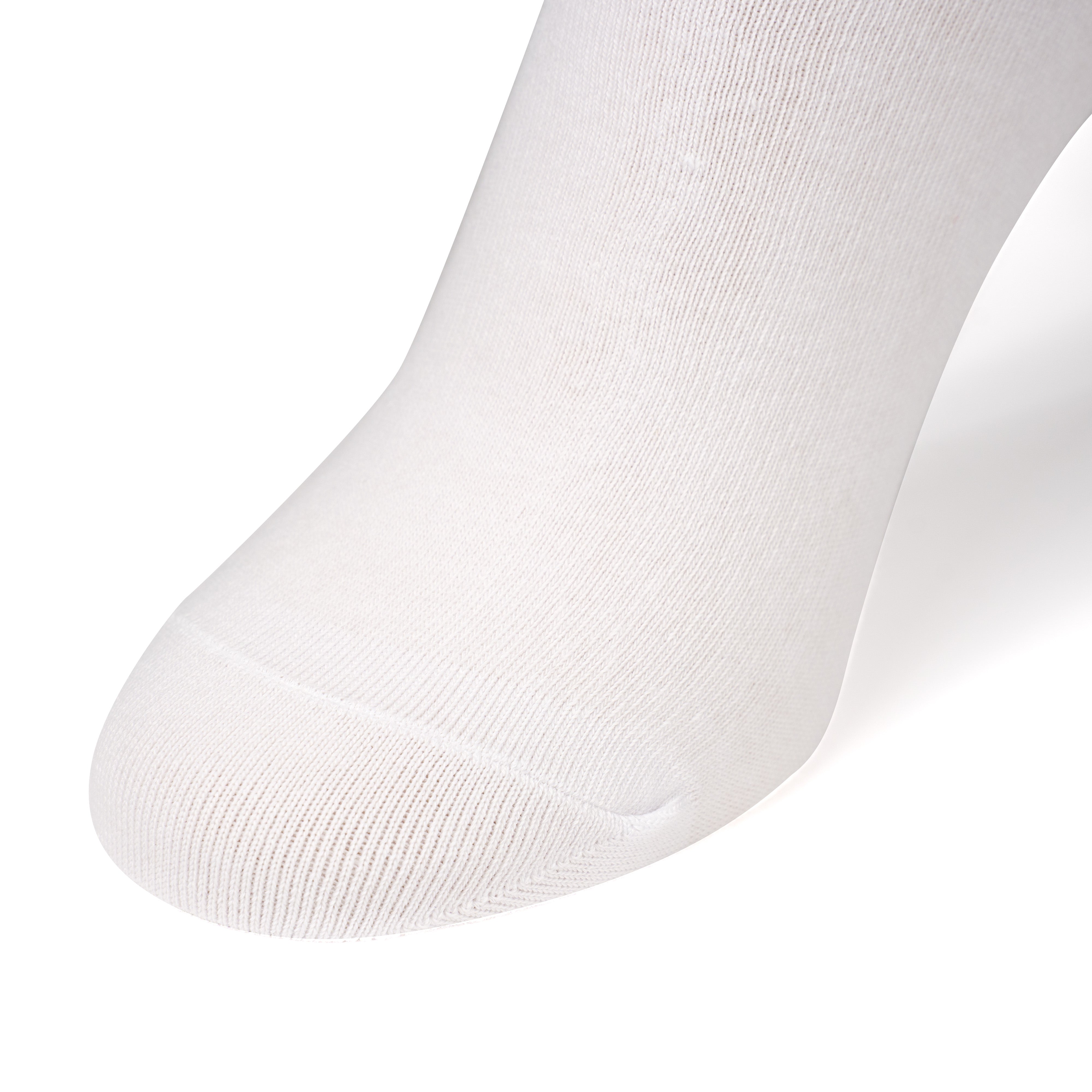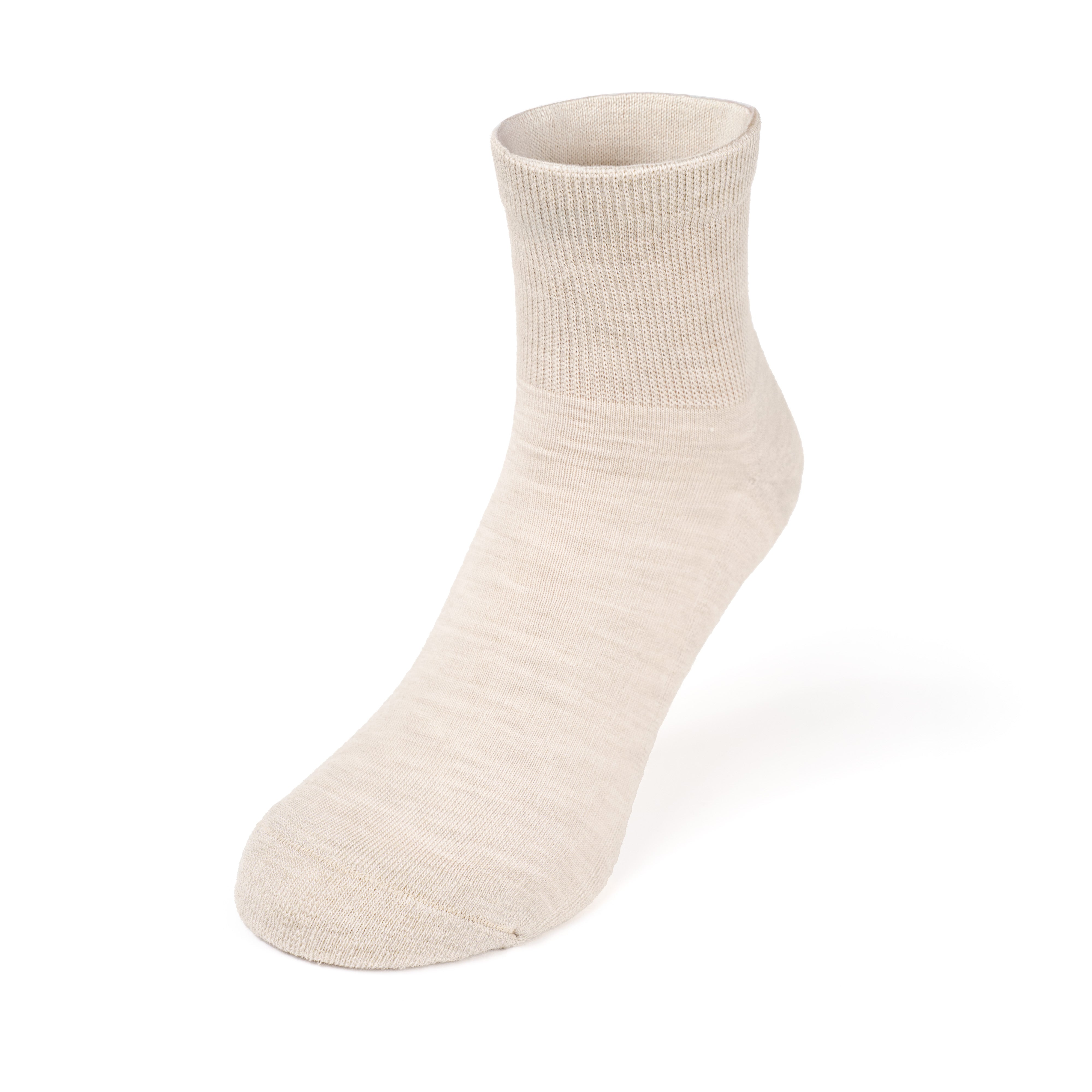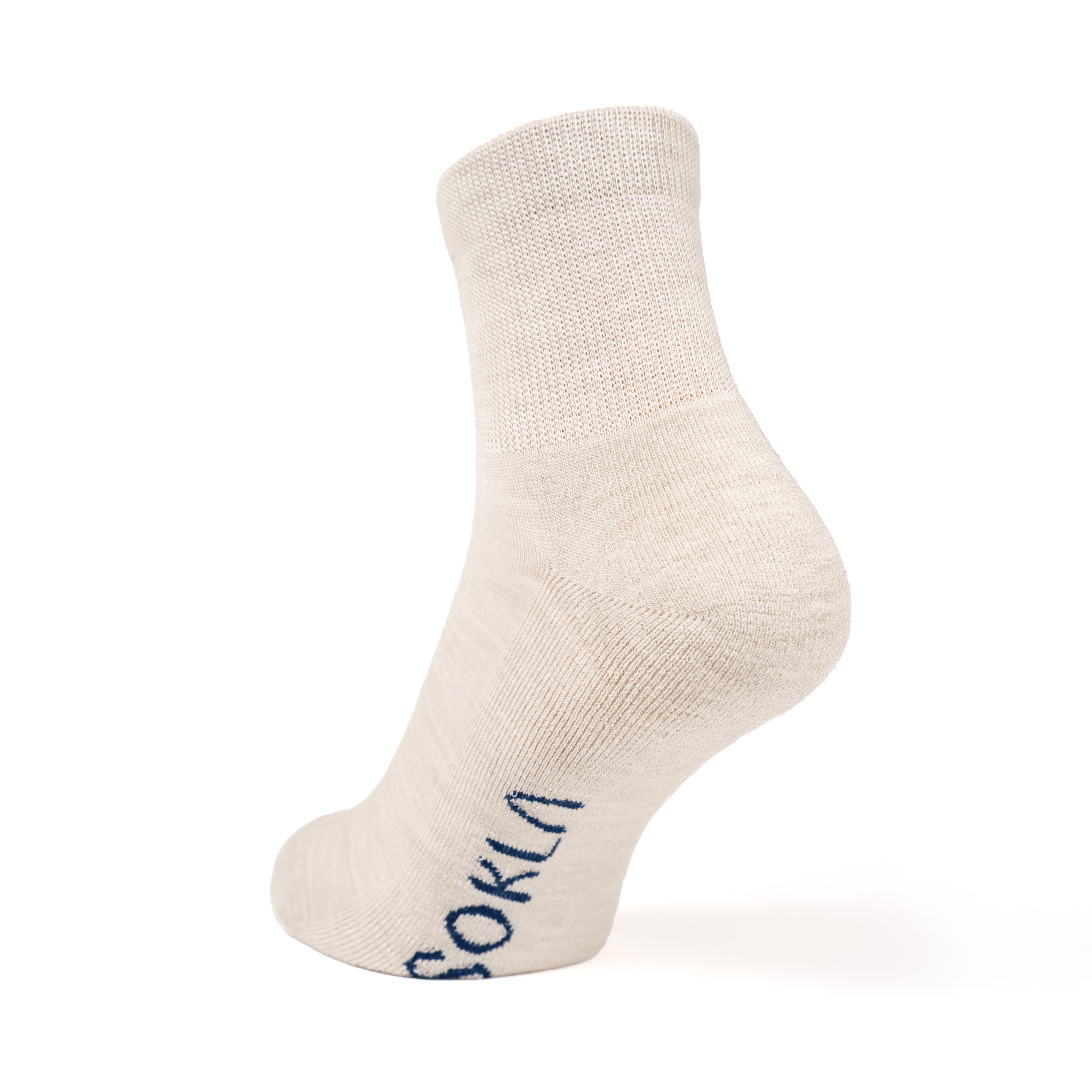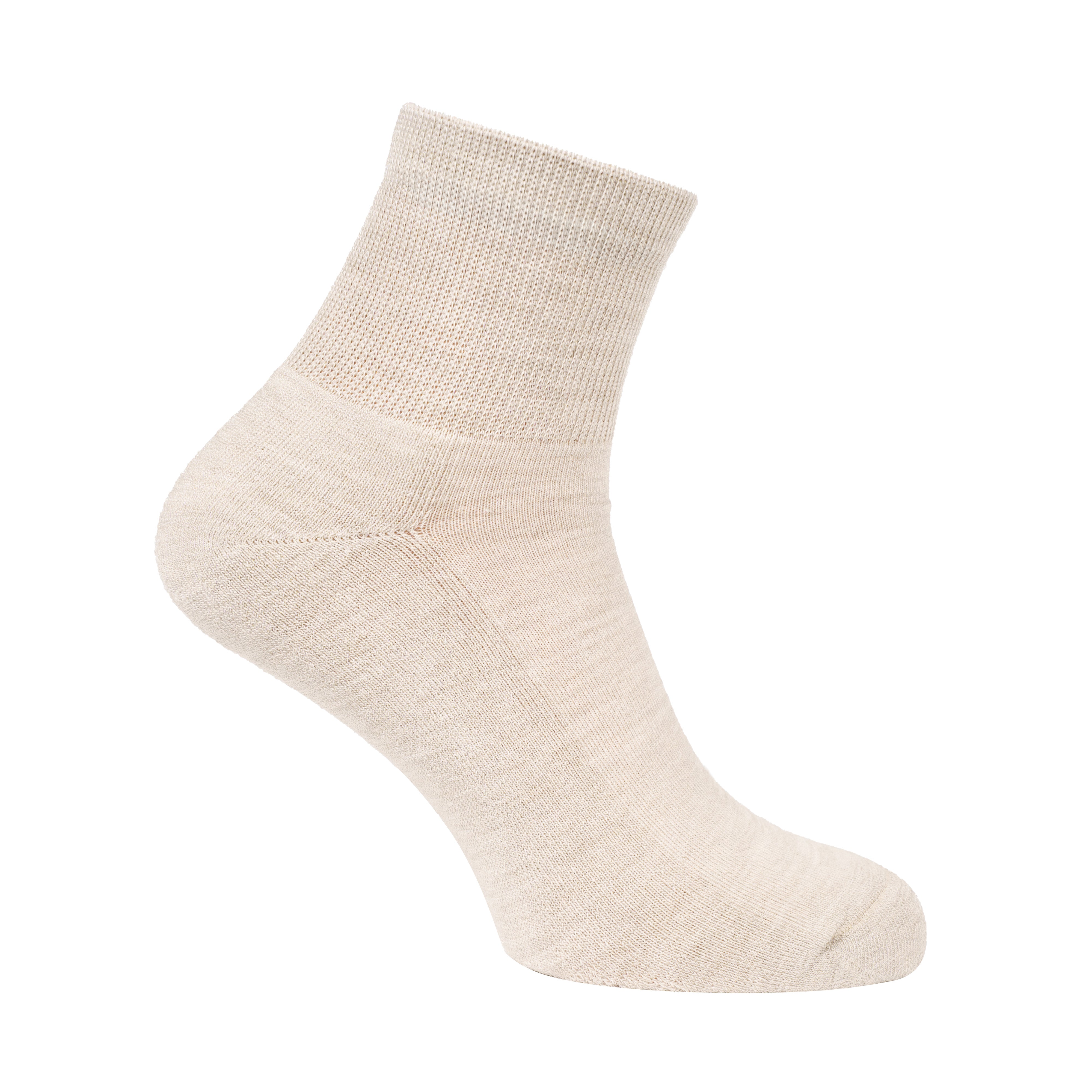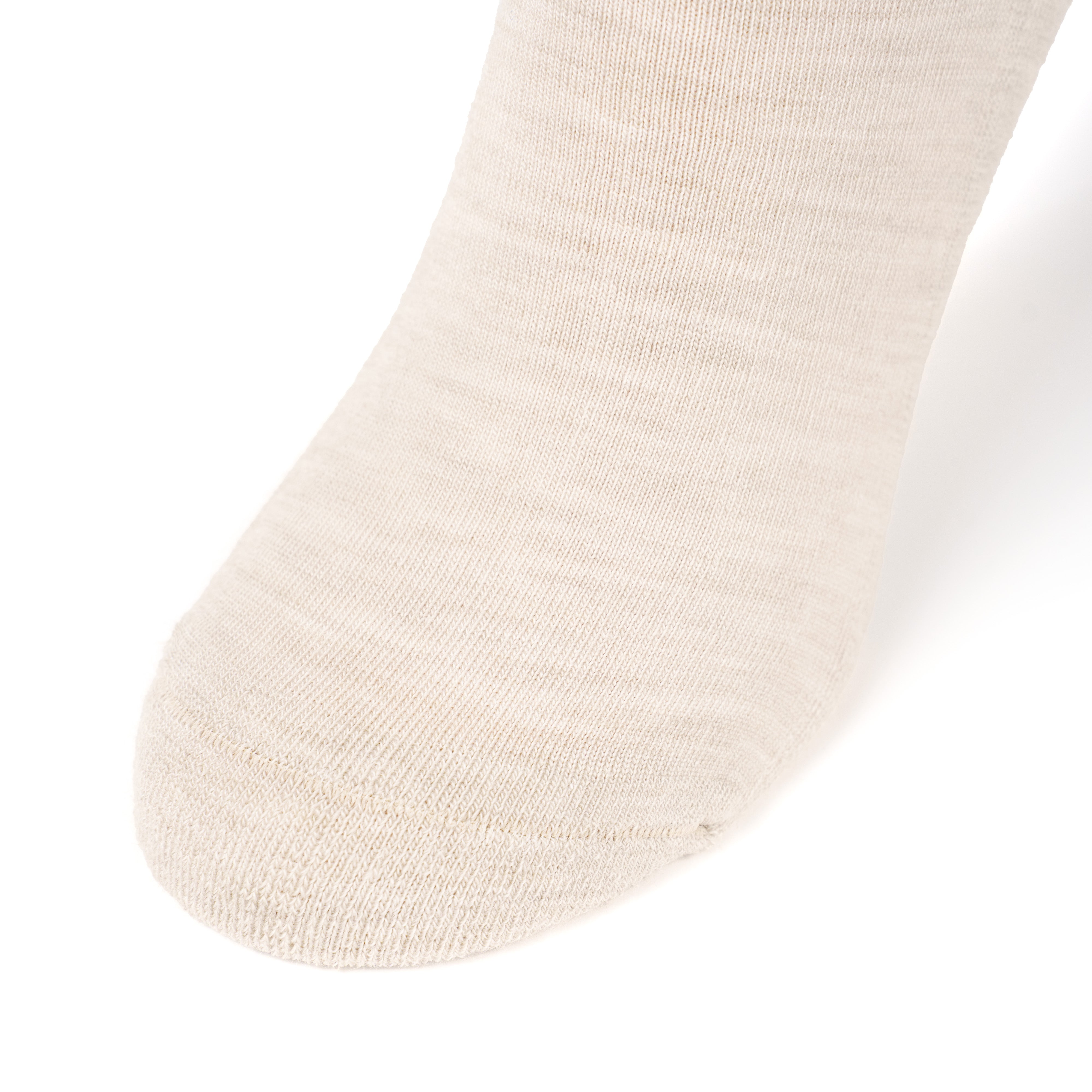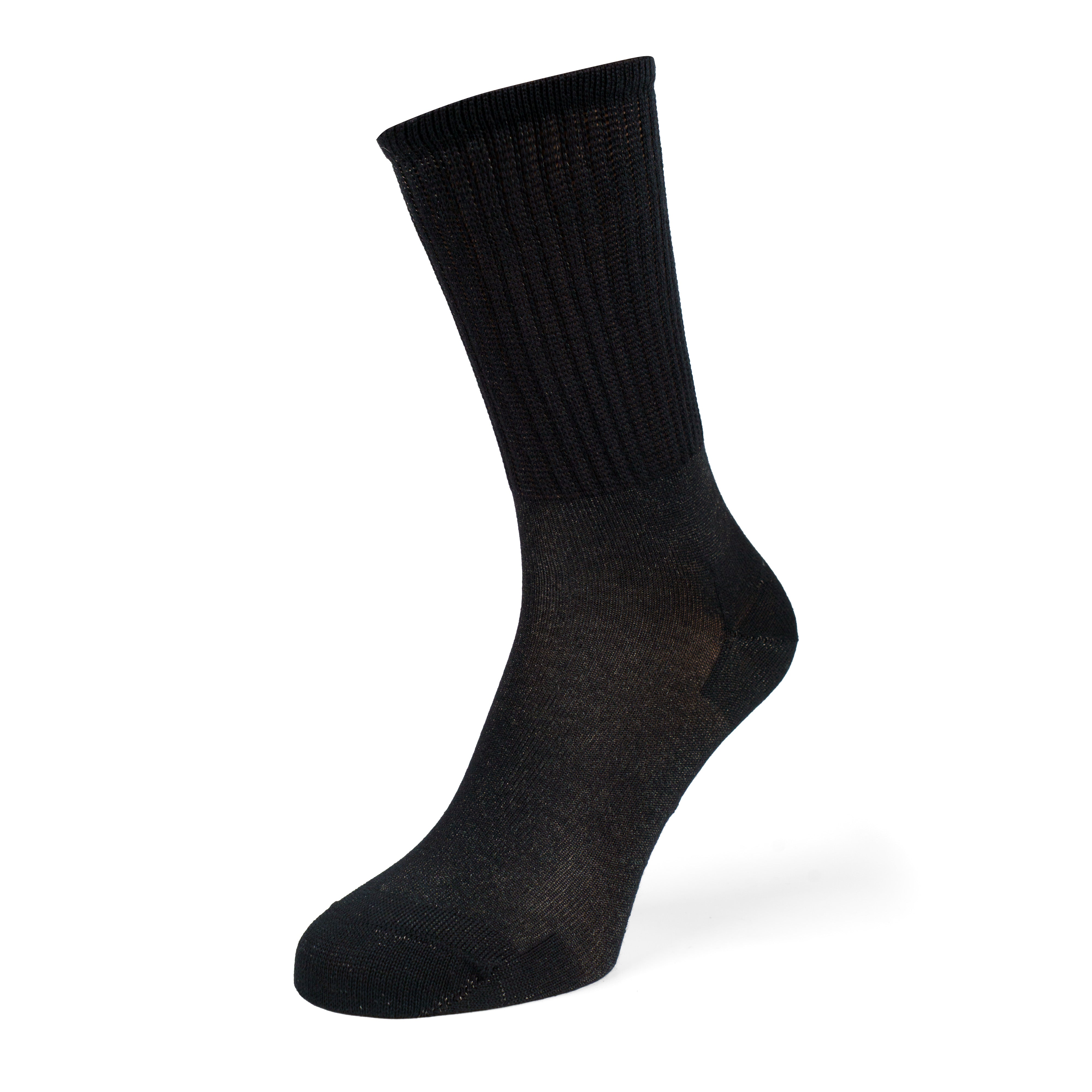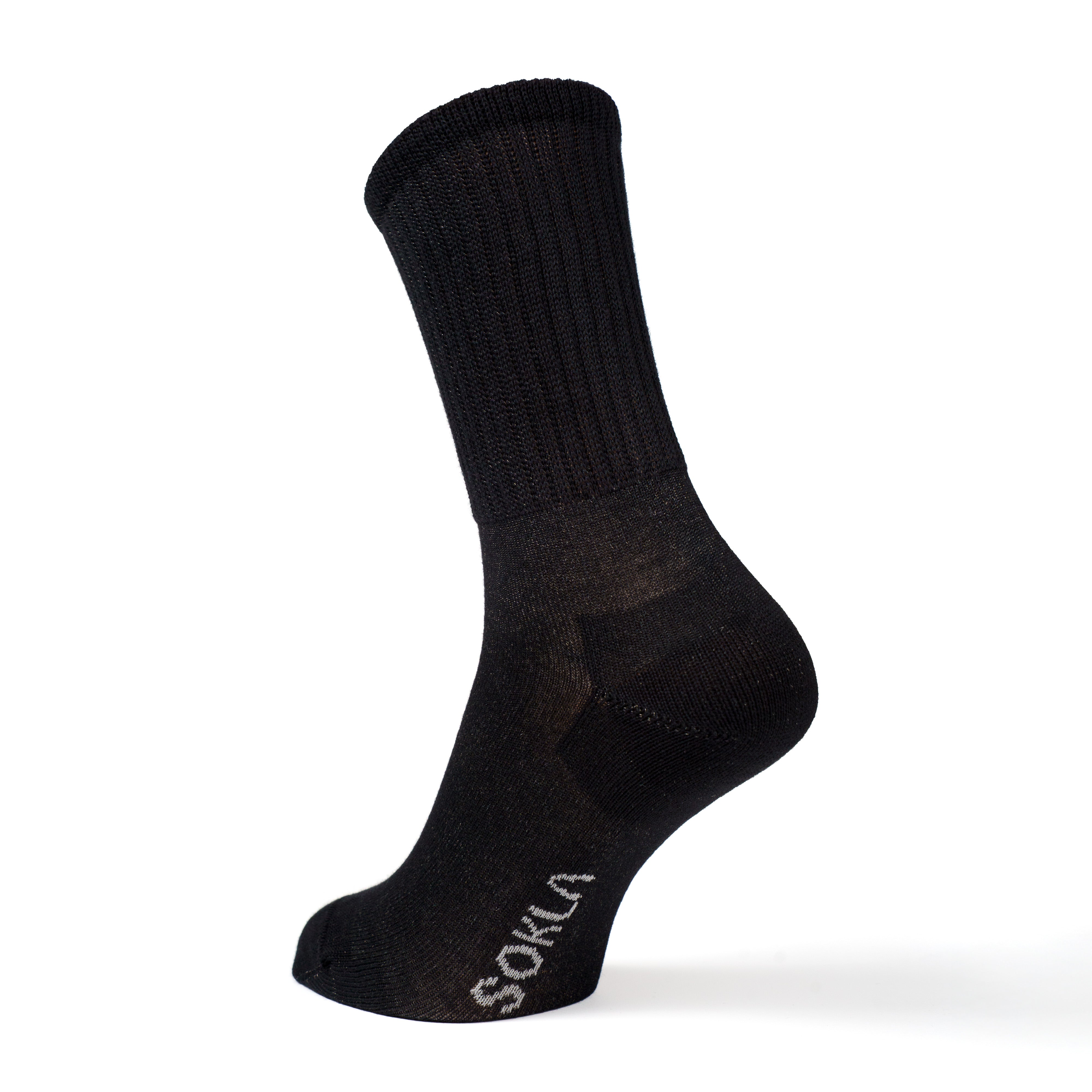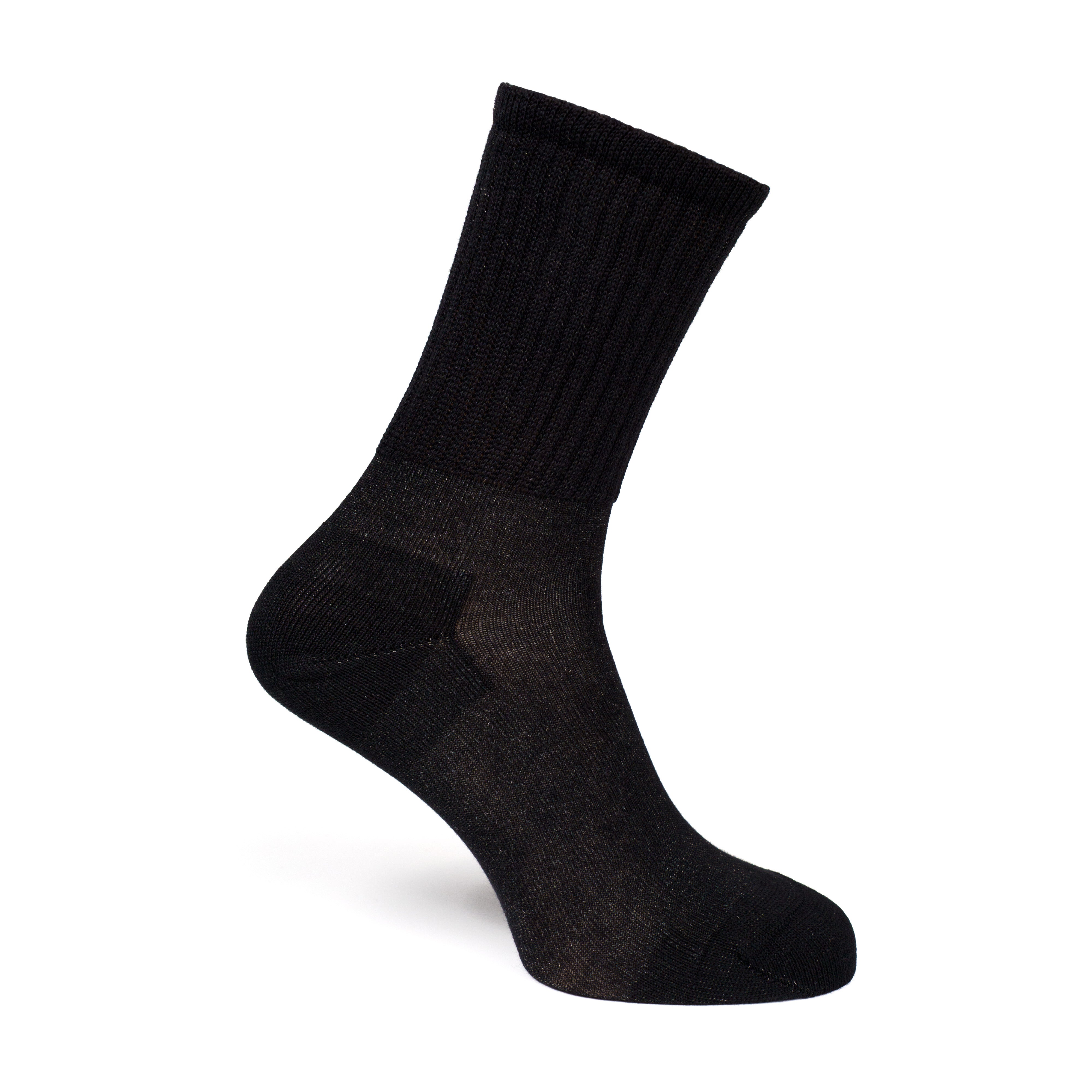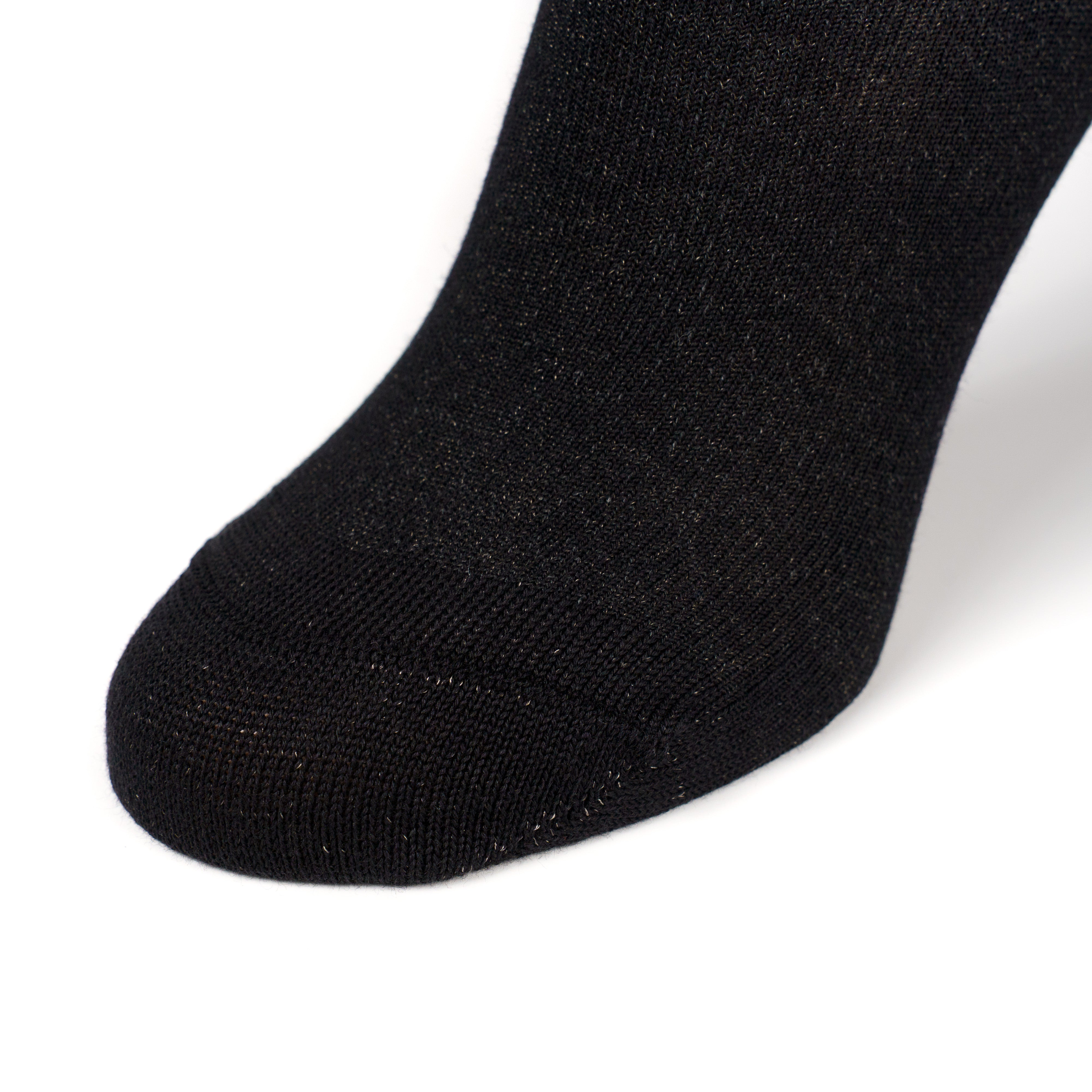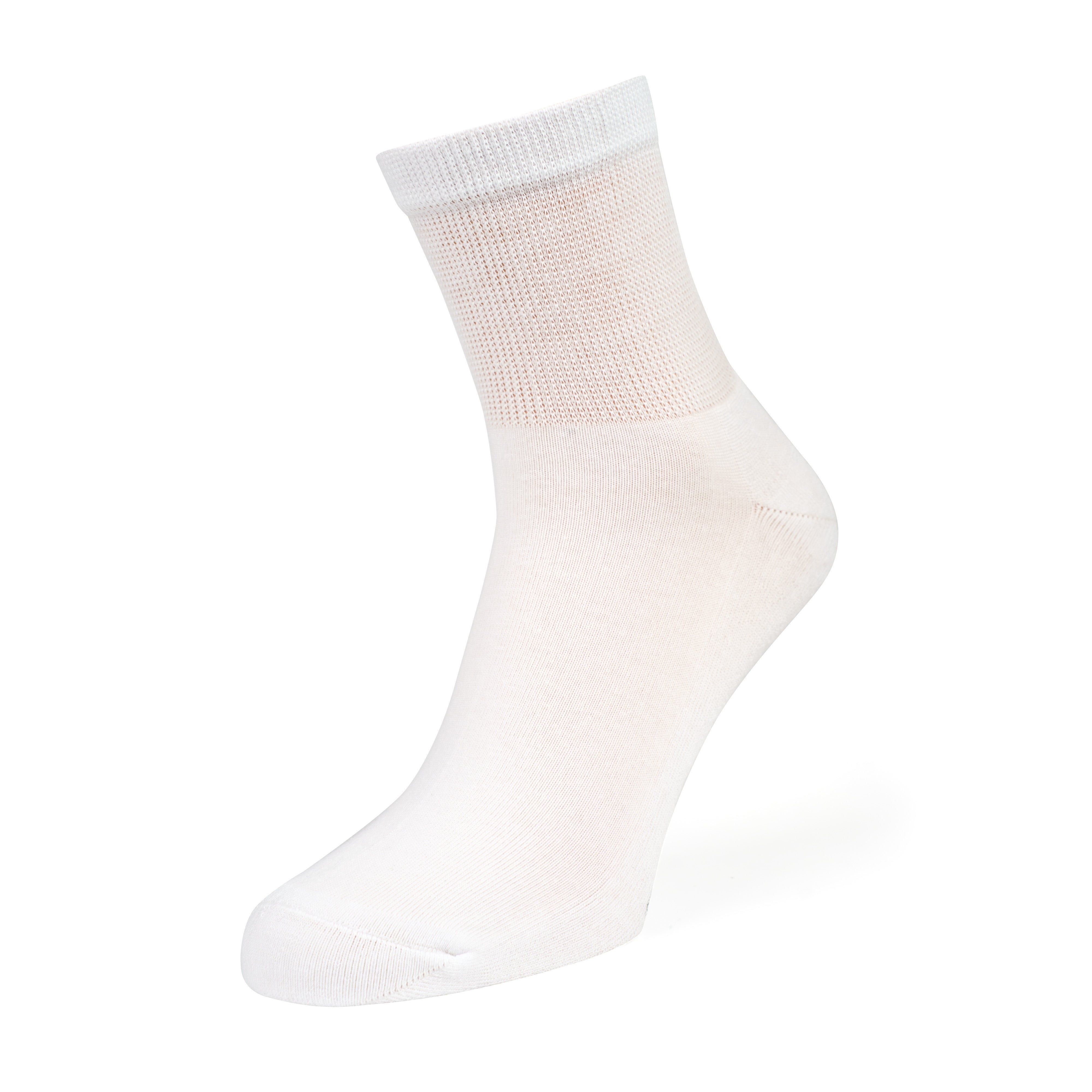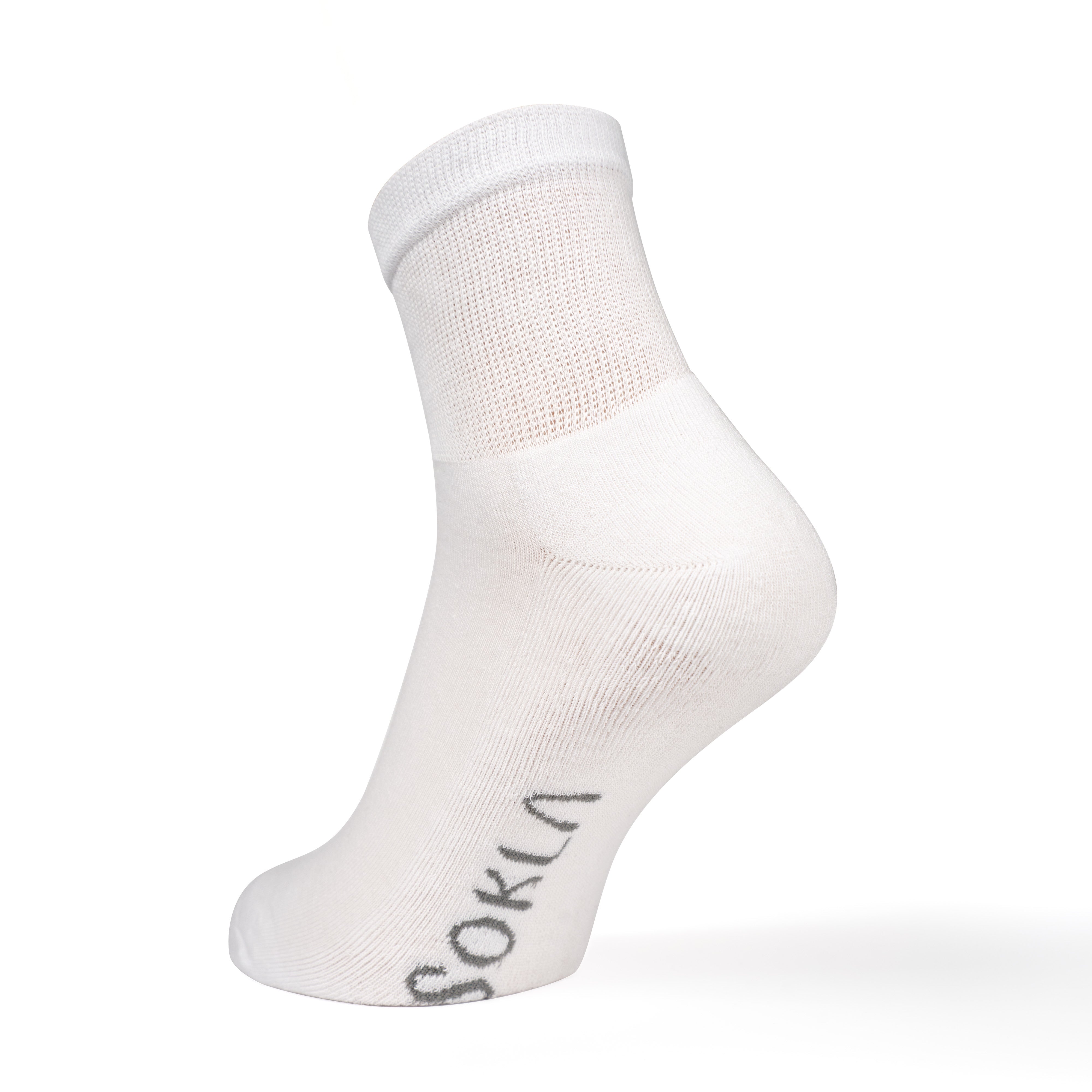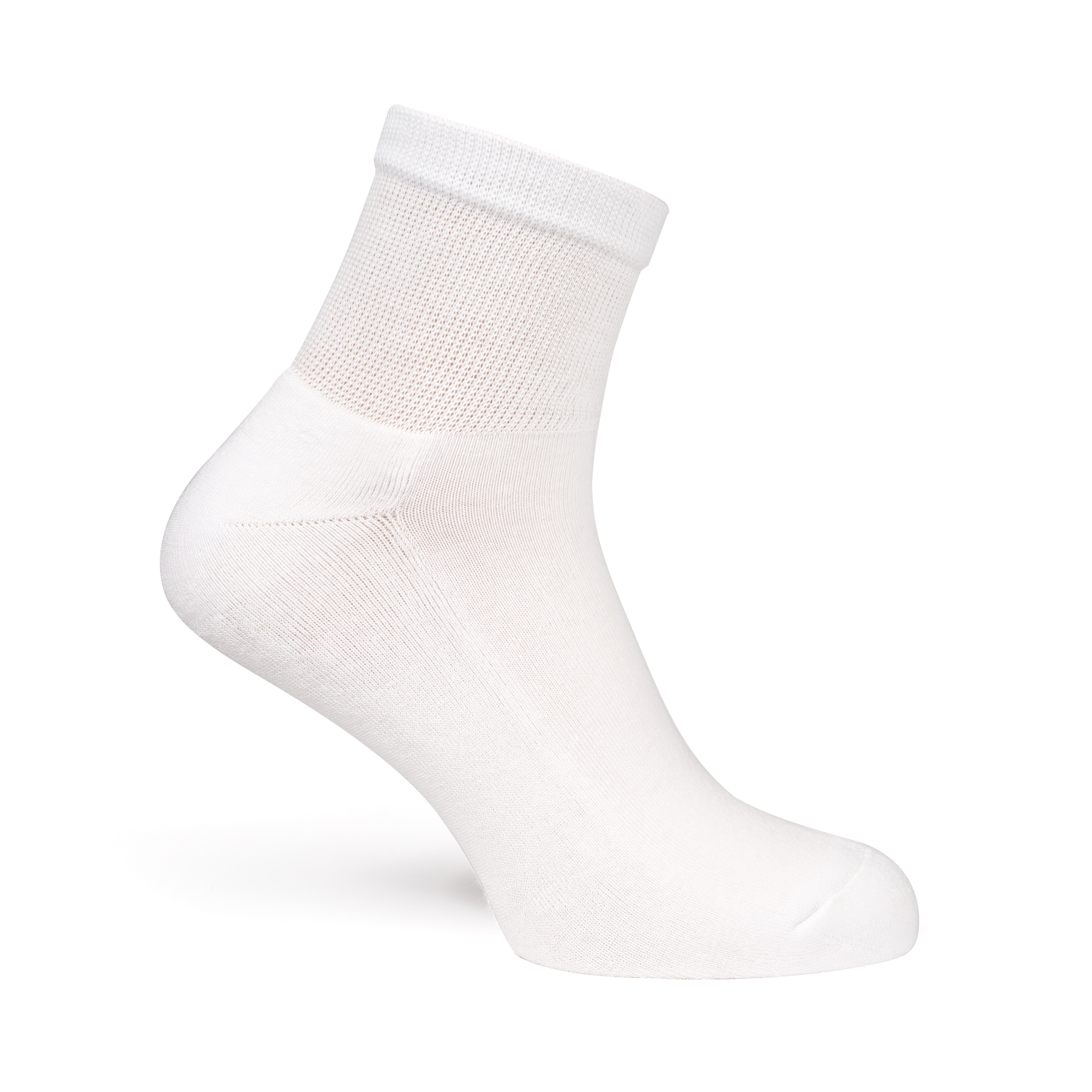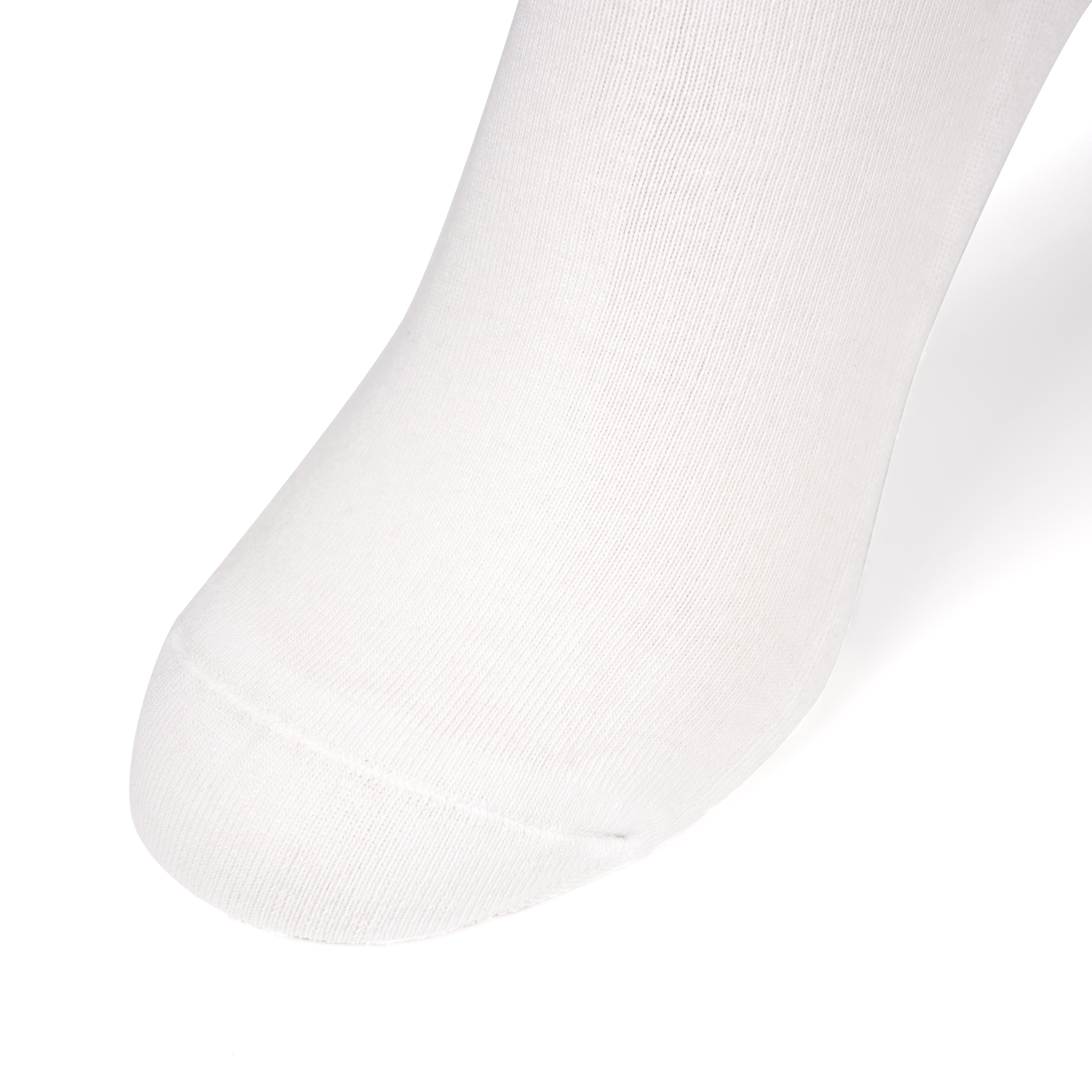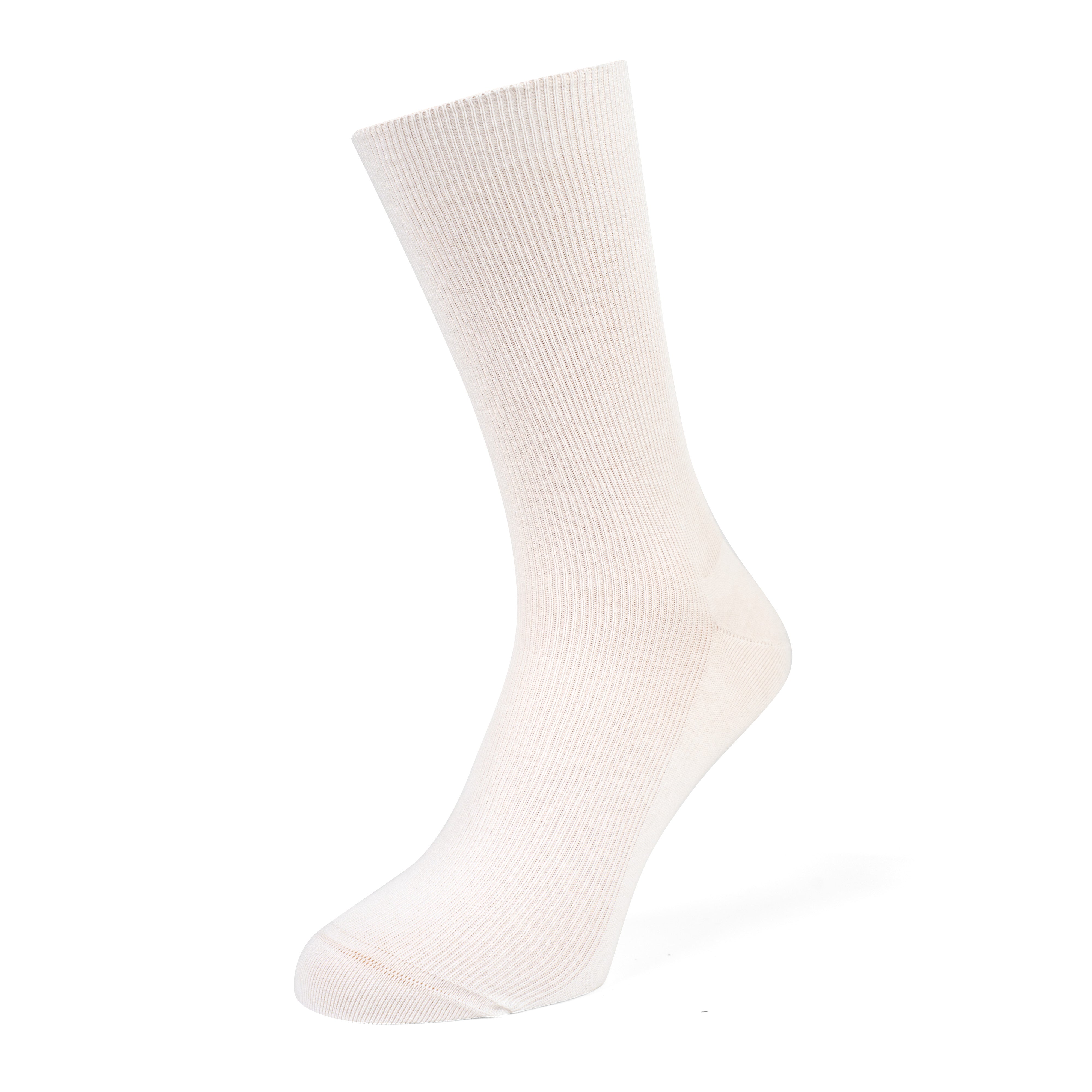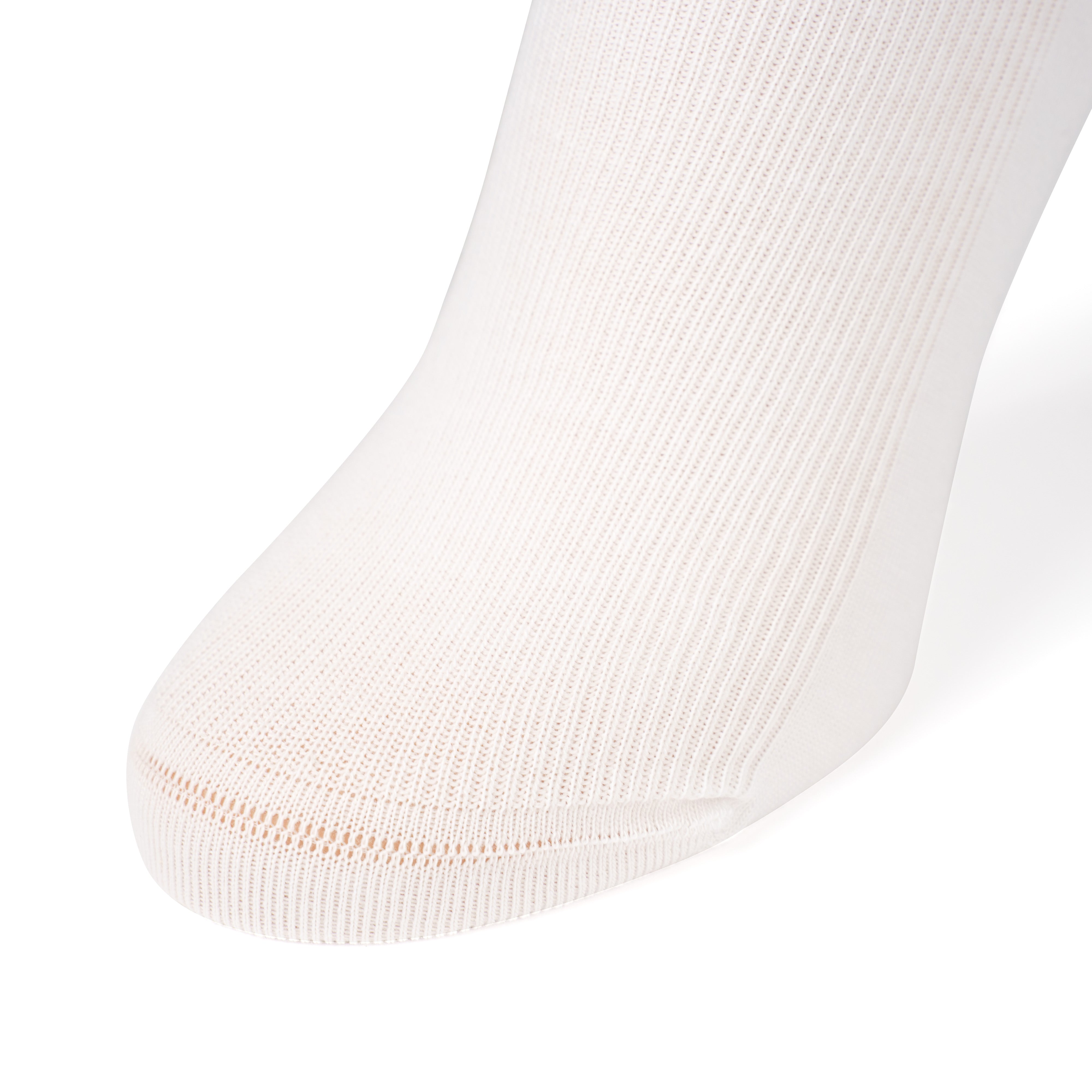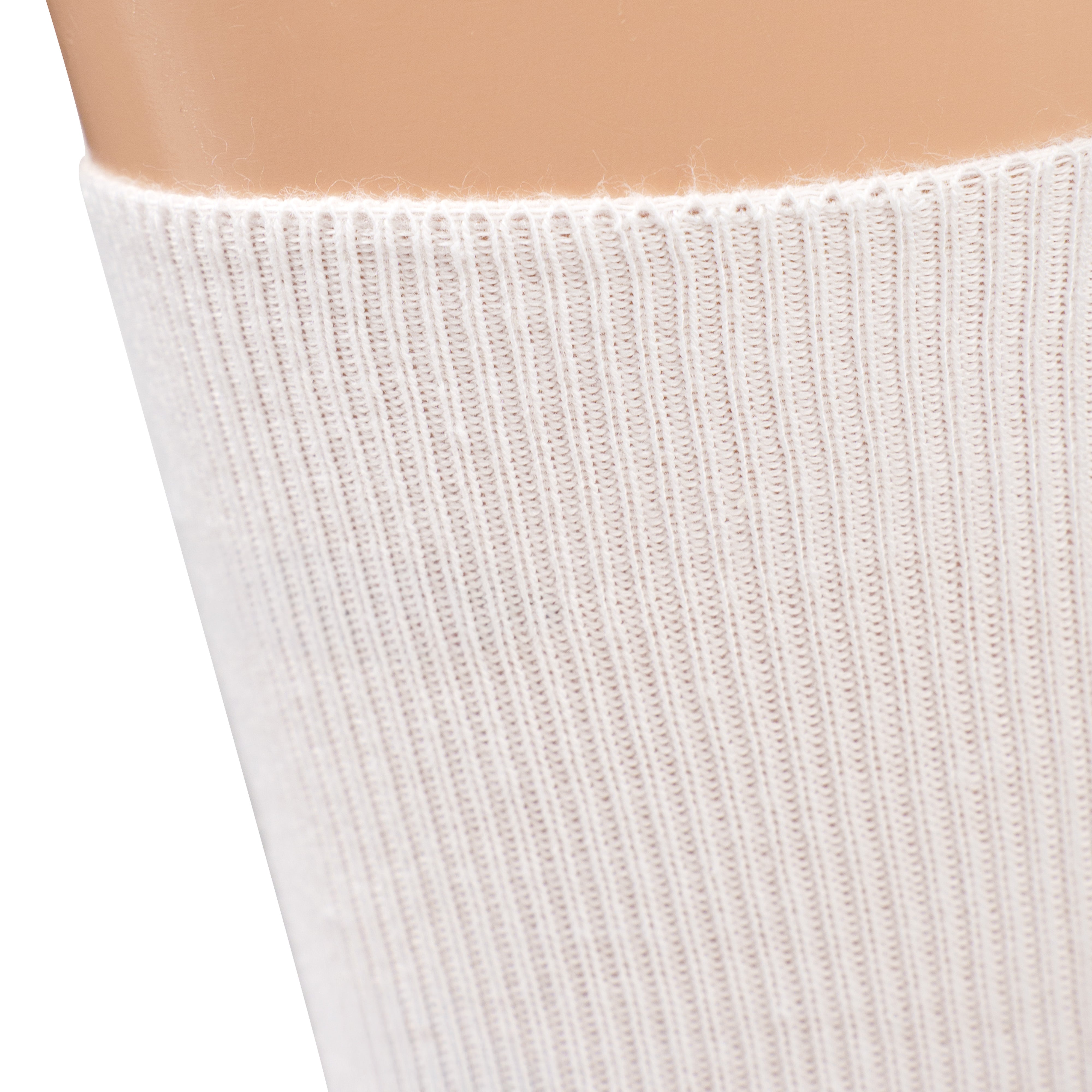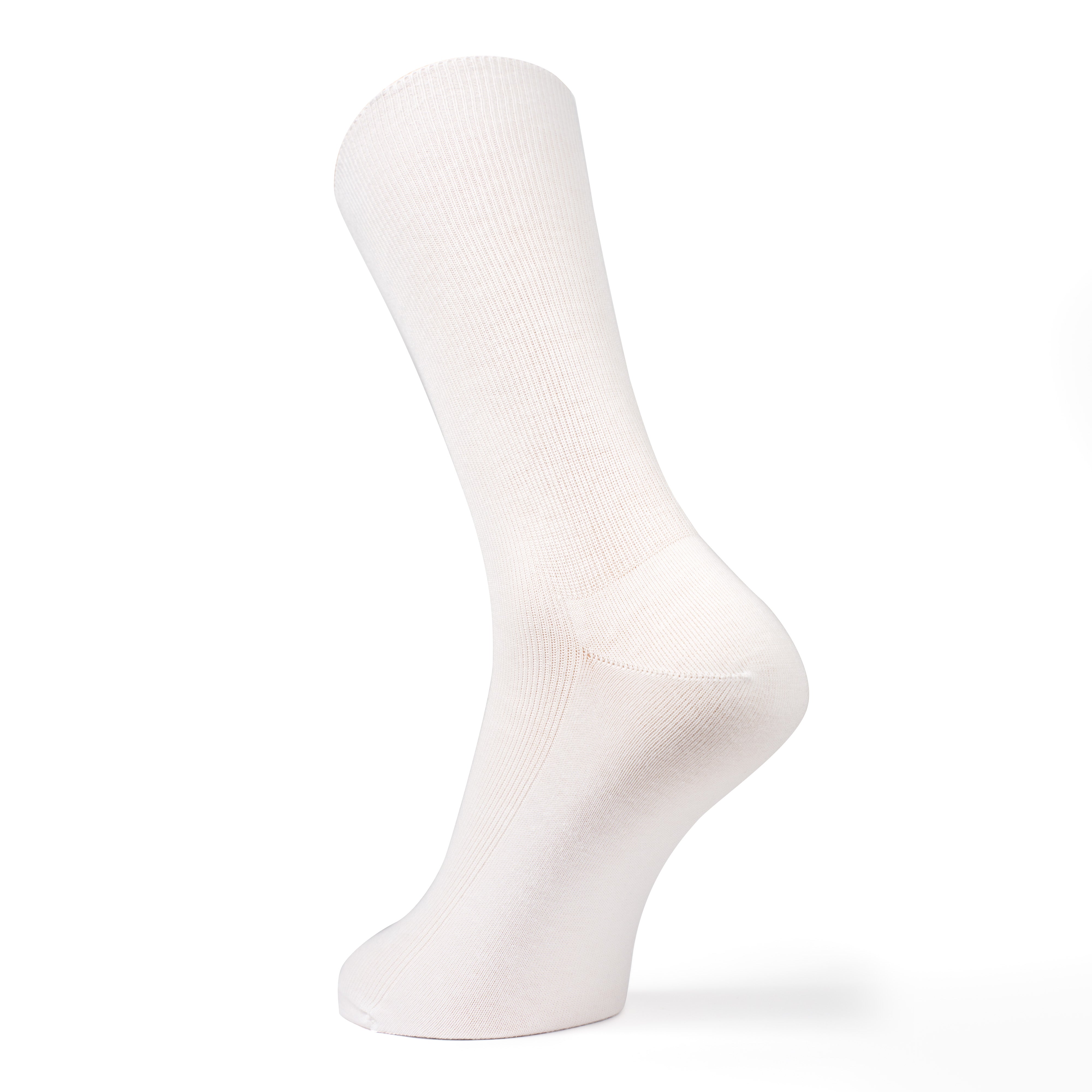Living with diabetes means paying attention to a lot of small details that most people never think about. One of those details is foot care. It might sound simple, but for someone with diabetes, the wrong pair of socks can cause more than just discomfort – it can lead to swelling, irritation, or even serious infections. That’s why diabetic socks exist, and why they can make such a big difference in everyday life.
The first thing that sets diabetic socks apart is how they fit. Regular socks often have tight elastic bands that dig into the skin and leave marks. For someone with circulation issues, that’s more than just annoying – it can make blood flow worse and cause swelling. Diabetic socks use a different approach. They’re designed with a soft, non-binding cuff that keeps the sock in place without squeezing, giving the leg gentle support instead of pressure.
Then there’s the toe area. Most people don’t think twice about sock seams, but if you have sensitive feet or neuropathy, that small ridge can mean constant rubbing and painful blisters. Diabetic socks are usually seamless or hand-linked at the toe, so there’s no friction point. It feels smooth, almost like the seam doesn’t exist at all.
Another big factor is moisture. Feet that stay damp inside socks are more likely to develop fungus, odor, or skin breakdown. High-quality diabetic socks are made from breathable fibers like combed cotton or merino wool, sometimes even with a touch of silver yarn. These materials wick moisture away from the skin and help regulate temperature. That means warm in the winter, cool in the summer, and dry all year round. And when silver is woven in, there’s the added bonus of antibacterial protection – fighting odor and keeping feet fresher for longer.


